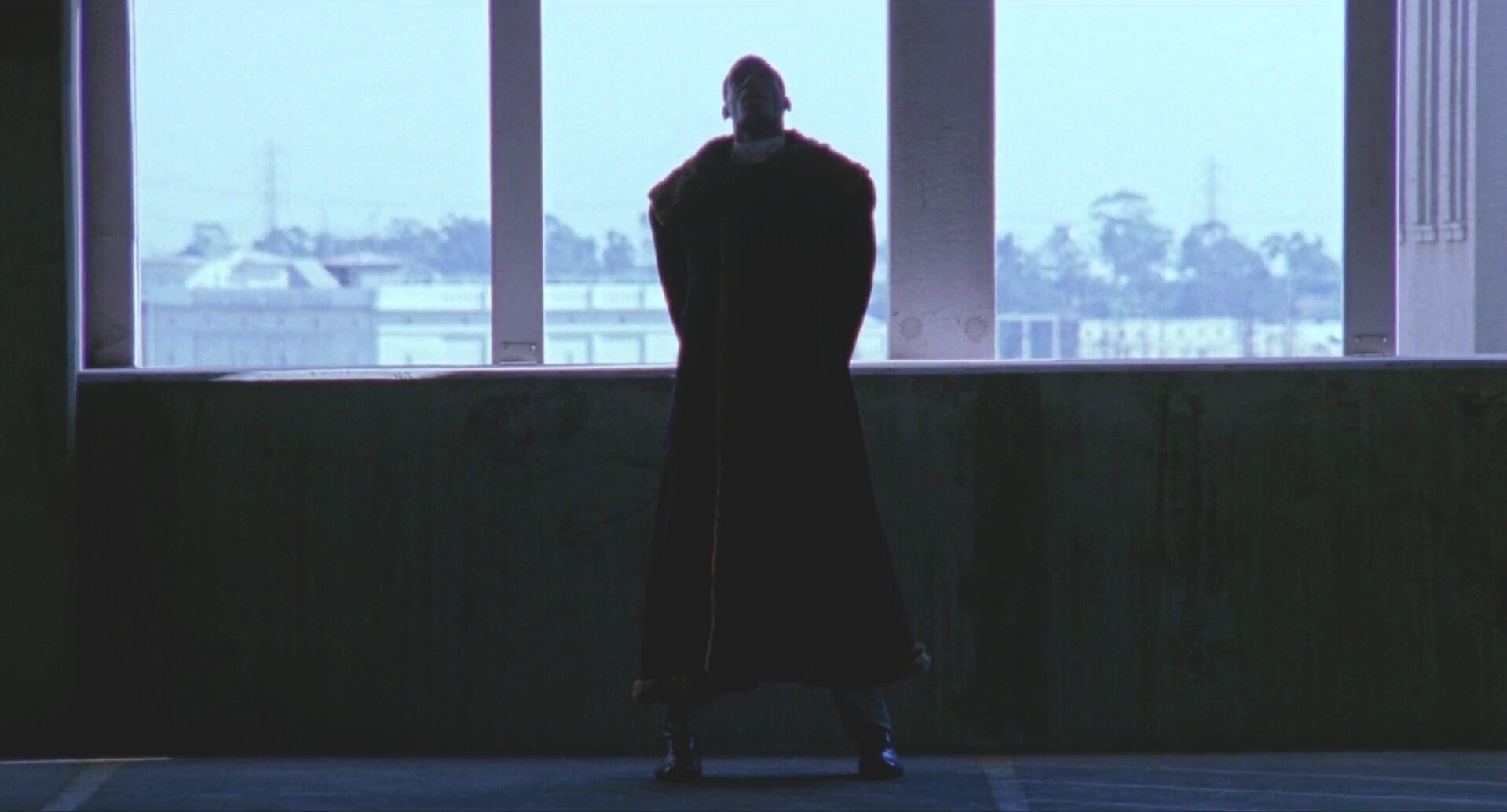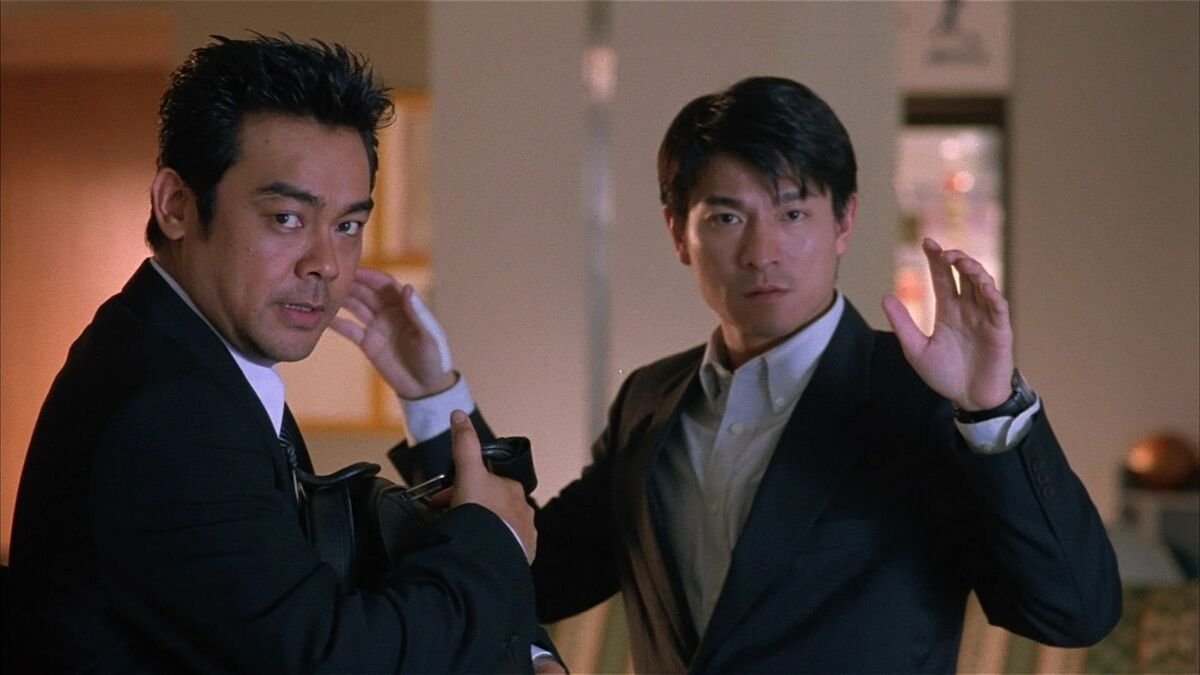Review: Candyman (1992)
Can you have too many good ideas in one film? After watching Bernard Rose’s modern horror classic, Candyman, I’m inclined to say no. The film follows a grad student, Helen (Virginia Madsen), who is writing a thesis on urban folklore and happens to attract the attention of a hook-handed demonic figure named “Candyman” (Tony Todd). It’s a tad overripe in terms of ideas, exploring a variety of real social issues in its horror riff on urban legends without really elevating any single thematic approach. But importantly, it resists an impulse that ruins too many artistically-minded horror films or “elevated horror films”: it never literalizes its central metaphors.
Horror films have always used their central terror as metaphors for social ills or trauma, but many modern horror films narrow the meaning of this metaphor to such a point that the terror becomes a literal one-to-one manifestation of something such as racism or sexual trauma. This style of approach borders on allegory and strips the horror of its subconscious quality, which is anathema to good horror. To give a recent example of such a literalization of metaphor in horror, the monster in The Babadook is not simply a metaphor for parental anxiety and anger at children—it is literally a manifestation of that anger and nothing else. The monster operates on no other subtextual level within the film, thereby inviting only one interpretation of the meaning of the film and its monster. So no matter the strength of the formal vision on display, the film reduces the horror generated to only an outlet for real life anxiety, robbing the horror of its full potential.
With Candyman, this is thankfully not the case, even though the film does have many interests in mind that hold implications for the real world, such as the issues of gentrification in Chicago, racism within policing and social services, and misogyny in academia, among them. All of these ideas swirl around Helen's investigation into the urban legend of the Candyman, who kills people who recite his name five times in the mirror. She traces the figure’s influence back to the real-life Cabrini Green housing project on the Near North Side of Chicago, a project that was a notorious emblem of the city’s urban violence and racist housing policy. Helen’s thesis mirrors too many modern director’s: the urban legend she’s investigating is simply a manifestation and means of processing trauma.
As if anticipating and offering a meta statement on this common thread in 21st-century elevated horror, Rose’s film is not content to reduce the Candyman to either a one-dimensional metaphor for racism and gentrification or a literal monster manifestation of a particular social ill. Instead, it allows him to exist as a supernatural presence with implications beyond society in a direct indictment of closed-minded readings of the supernatural. This allows the supernatural character to speak to a range of social issues, rather than becoming a reductive allegory.
As played by Tony Todd, the Candyman is a magnificent, regal presence that terrorizes the characters of the film while also bewitching them with the power of his legend. Todd’s performance is the film’s most iconic element. The actor, who played key supporting parts in Star Trek: The Next Generation and Deep Space Nine, is best known for his deep bass voice, which rumbles with a rich purr. His first physical appearance in the film, silhouetted on the far side of a parking garage, hands behind his back, is striking in its formal composition, but it is also an important lesson for the film’s approach to the character: while he is to be kept at a distance because of how terrifying and dangerous he is, he’s seductive as well, with a hypnotic voice that is as powerful as his hook hand.
Todd’s performance, with its regal authority and sadomasochistic undertones, makes the Candyman among the most memorable modern horror movie villains. Much of the character’s effect is likely a result of his creator, Clive Barker, who wrote the story, “The Forbidden,” upon which the film is based. Similar to the Cenobites of Barker’s Hellraiser series, Candyman threatens unspeakable physical mutilation in the film. When he kills people, Rose and his fellow filmmakers are not satisfied with a simple slit of the throat or spear of the stomach; instead, bodies are wrended and blood is splattered with abandon. As well, Candyman seeks to seduce as much as scare; like Pinhead, he promises a form of immortality in death and a transcendent pleasure in pain. He’s a memorable character with an enchanting presence. He contributes to the film’s haunting atmosphere, which is reminiscent of the atmosphere in Barker’s Hellraiser.
In a technical sense, Candyman is among the best shot, designed, and scored horror films of its period. Philip Glass’s original score, with its chilling use of organ, choral chants, and calliope music box notes, does much to elevate the mood in each and every scene, creating a rapturous emotional fervor in the climactic moments. The cinematography has a crisp efficiency that allows the impressive set design to shine through. The apartment rooms and hallways of Cabrini Green are an urban nightmare to behold. The filmmakers actually shot sequences at the real-life Cabrini Green, blending them with soundstage sets, which creates an authenticity in the nightmare visions of the Candyman’s layer and the horrifying interior sets, such as a feces-spattered public washroom from hell. Such an approach, which blends the real Cabrini Green and all its social implications with fantasy visions of nightmares, is indicative of the entire film’s approach to horror: it uses reality to augment nightmare, real anxieties and prejudices to fuel its horror without explaining it away.
If not for a lame epilogue and its rather overstuffed approach to theme, Candyman would rank as one of the best horror films of the 1990s. As it stands, it’s a striking film with a memorable villain and a potent subconscious effect. That it resists the metaphorical impulses of so many modern horror films makes it even better, as the mesmerizing effect of its horror cannot be so easily explained away—or forgotten.
8 out of 10
Candyman (1992, USA)
Directed by Bernard Rose; written by Bernard Rose, based on “The Forbidden” by Clive Barker; starring Virginia Madsen, Tony Todd, Xander Berkeley, Vanessa Estelle Williams, Kasi Lemmons, DeJuan Guy, Gilbert Lewis, Carolyn Lowery.



George More O’Farrell’s The Holly and the Ivy is a perceptive Christmas drama that deserves a place in the Christmas rotation.